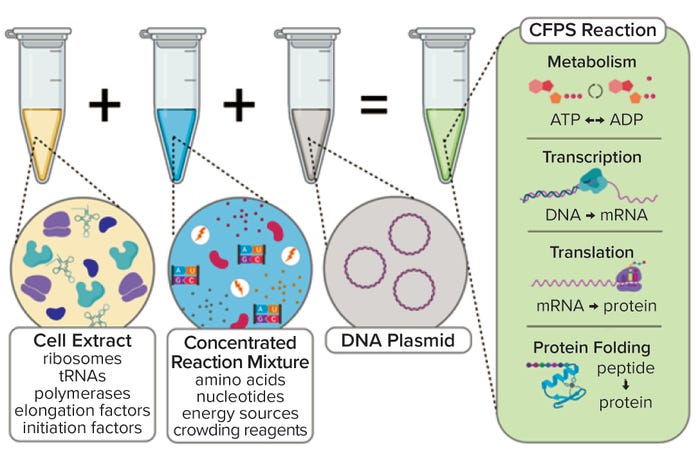Voices of Biotech
Podcast: MilliporeSigma says education vital to creating unbreakable chain for sustainability
MilliporeSigma discusses the importance of people, education, and the benefits of embracing discomfort to bolster sustainability efforts.
Bristol Myers Squibb inks $380m CAR-T capacity and supply deal with Cellares
April 23, 2024Picking a CDMO? Gene therapy developers must demand a pilot study
April 22, 2024Corner Therapeutics bags $54m to create vaccines with ‘lifelong’ immunity
April 22, 2024J&J reports modest Q1 growth, pins hope on Carvykti for 2024 surge
April 22, 2024MilliporeSigma discusses the importance of people, education, and the benefits of embracing discomfort to bolster sustainability efforts.
